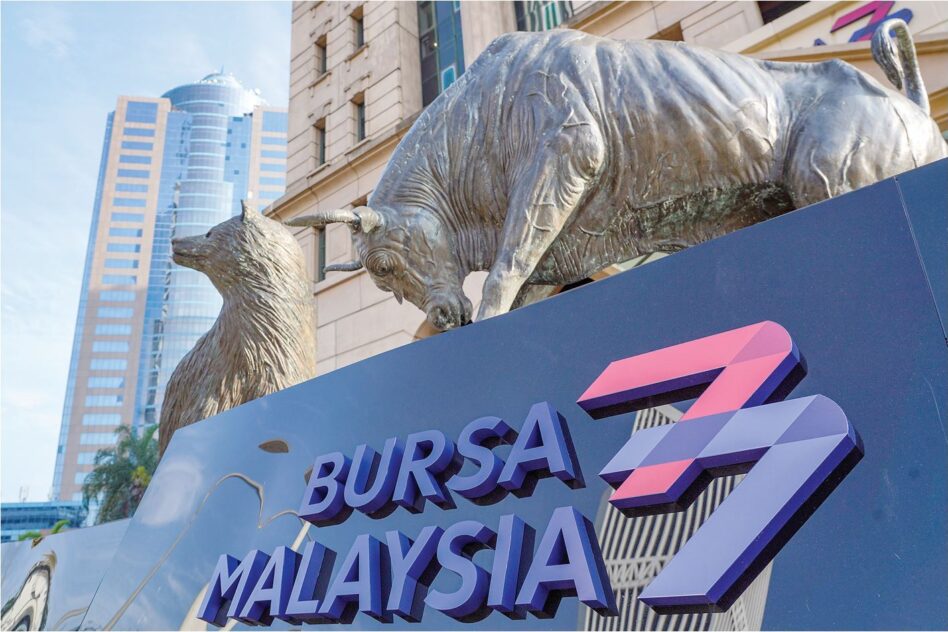By Jamari Mohtar & Tam Mei Si
THERE is a need for e-hailing companies to offer additional financial support to its drivers to assist them in dealing with their reduced incomes, particularly at this period of the on-going Covid-19 pandemic that has worsened what was already a dire economic situation.
E-hailing drivers are seeing the level of their incomes depleting, which leads them to move to big cities in search of higher demand from customers. But taking their business and service to big cities isn’t a guarantee that their incomes will automatically rise.
Thus, e-hailing companies should step in to assist them solve their difficulties.
In order to solve their problem, e-hailing companies should help bear the financial burden, otherwise, the e-hailing drivers may not be able to cope with rising costs.
With lower incomes, e-hailing drivers will have lower purchasing power and problems sustaining their livelihoods.
Therefore, in the first place, instead of the government putting a cap on the limits of the fares, e-hailing companies should raise the minimum fare for every ride in order to protect drivers’ incomes.
The higher fare is justifiable because e-hailing drivers need to bear the maintenance costs such as regular car maintenance fee.
Furthermore, the e-hailing drivers, sometimes need to go through bad traffic days especially during peak hours which will lead to higher fuel consumption – another cost for them.
In some cases, they even have to bear the car cleaning costs due to customers accidentally dumping drink or food, vomiting or having children urinating.
So, by raising the minimum fare charged to the customers, e-hailing drivers can enjoy higher incomes to cover their maintenance and cleaning fees.
Some customers may request or even force e-hailing drivers to take longer routes due to their refusal to pay for the toll charges. In this case, the drivers will then need to cover the extra cost on petrol and mileage due to the longer distance, which the higher fare could partially cover.
In other cases, customers may even refuse to pay for the toll charges upon reaching the destination on the ground that the e-hailing application did not show the toll charges although the application does say that charges do not include toll which is to be borne by the customers.
As a result, e-hailing drivers need to bear the toll charges by themselves and this results in lower incomes.
However, this idea may be a downside to customers as they have to bear high costs when using e-hailing services. This means that the increased fare shouldn’t be too excessive.
In addition, e-hailing companies should update their applications regularly to improve its efficiency for the convenience of users namely the drivers when they are on duty.
For instance, e-hailing drivers have complained that their mobile phone volume would automatically be lowered to a minimum after opening the app, affecting Waze’s navigation assistance as well as their work efficiency and safety.
As such, e-hailing companies should update the app in an attempt to fix bugs and improve the experience for their drivers, as these features have been largely ignored.
Ignorance toward this issue will also cause negative effects on workers’ income opportunities due to technical problems of the applications.
Moreover, e-hailing companies could also expand insurance coverage to ensure that the drivers are adequately protected.
Currently, the insurance package offered by e-hailing companies only covers passengers and drivers against injury in an accident during working hours. It does not cover a range of other unfortunate events that may occur while serving passengers.
For example, in the event of an accident that caused damage to the car, the e-hailing driver will not be able to claim for the personal accident insurance provided by the e-hailing companies.
Their incomes are further squeezed as most private car insurances do not cover accidents which occur during commercial activities.
This means that if the e-hailing drivers are using their own cars, they cannot claim for compensation should an accident occur during the trip.
In short, e-hailing companies should expand insurance coverage to protect drivers’ safety, which will affect their income level.
Since this issue is current and relatable to e-hailing drivers’ livelihoods and the cost of living, they need to be addressed so that welfare of these drivers is not taken for granted.
The gig economy should provide extra protection for drivers’ incomes because drivers are unable to find methods to increase their incomes unless they work long hours, which puts them at higher risk of accidents. – Oct 8, 2020
Jamari Mohtar and Tam Mei Si are part of the research team of EMIR Research, an independent think tank focused on strategic policy recommendations based on rigorous research.









